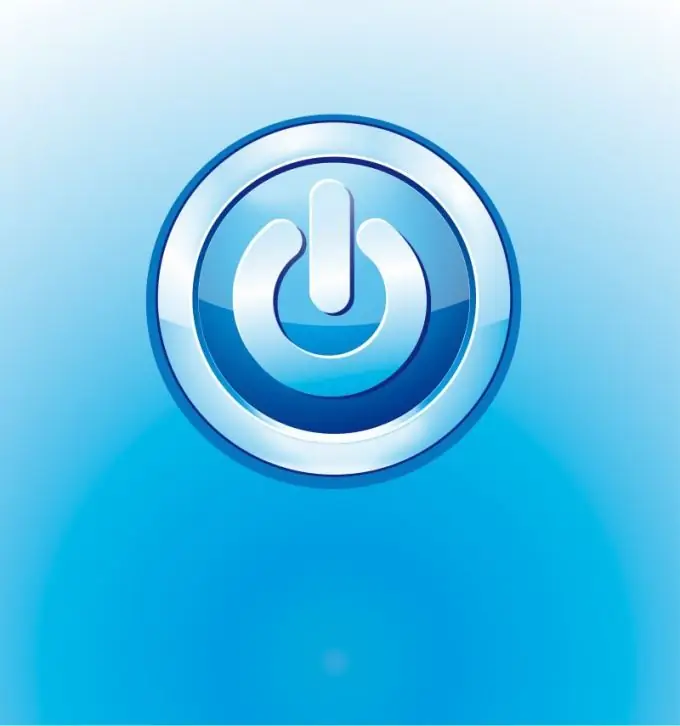- Author Lauren Nevill [email protected].
- Public 2023-12-16 18:48.
- Last modified 2025-01-23 15:15.
There are cases when you need to temporarily turn off the Internet, but so that they do not know about it. For example, if there is a sufficiently old child, and you want to distract him a little from the Internet and the computer.

Instructions
Step 1
If the child is well versed in the computer and knows where the modem is, then the option to simply turn it off is not suitable. After all, the child will come to the modem, see that it is not working, since the corresponding indicators will not light up, and will simply turn it on. Therefore, turn off the Internet programmatically, i.e. directly on Windows.
Step 2
There are different ways to turn off the Internet for Windows XP and for Windows 7. In Windows XP, go to the "Control Panel", which is located in the "Start" menu. In the list that appears, find "Network Connections". If your Internet is connected using ADSL technology, i.e. each time you make a connection to the server by entering your username and password, then right-click on this connection and select "Disconnect". Internet connection is disabled, i.e. no internet access. But if the child knows how to connect to the Internet, then this will not be enough. Disconnect the modem itself. It is usually named Local Area Connection. Right-click on this link and select "Disable" in the menu that appears. That's it, now it becomes absolutely impossible to connect to the Internet, since the system does not see active connections and does not know where to make requests. The modem is turned on in the same way (RMB - Turn on and wait a couple of minutes until the system correctly configures and detects it).
Step 3
If you have Windows 7 installed on your computer, then the same: open the "Control Panel", which is located in the "Start" menu. Then select "Network" and "Internet" from the offered categories. Now of the three provided items, you will need the first one - "Network Control Center". In the left menu, select "Change adapter settings". You will now be taken to the same "Network Connections" as on Windows XP. The further algorithm of actions is similar to that described above.






